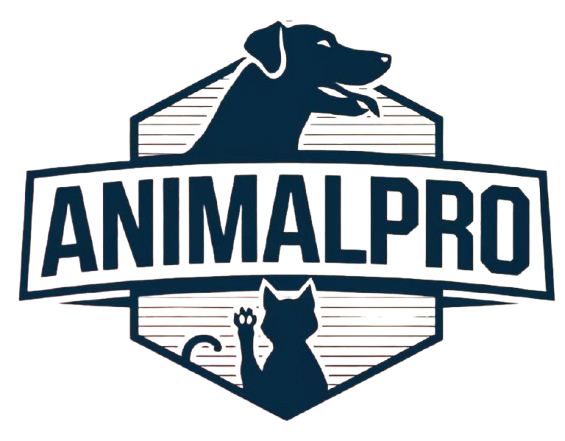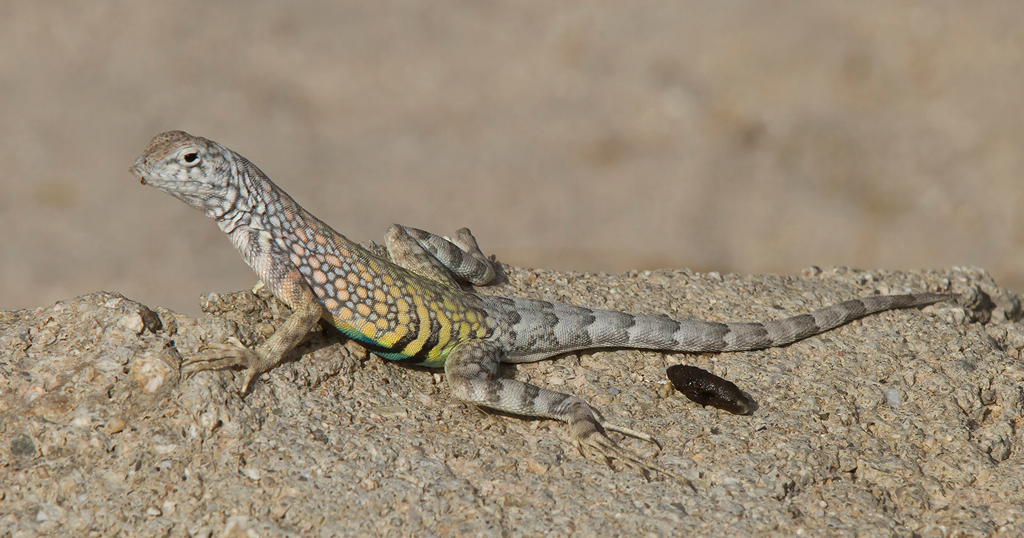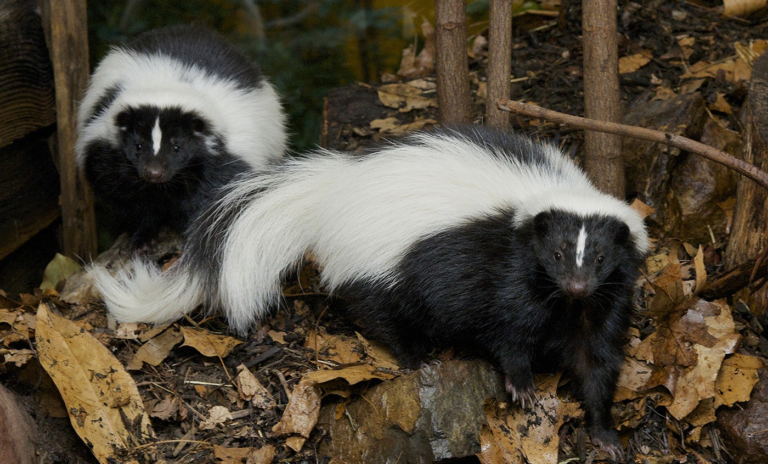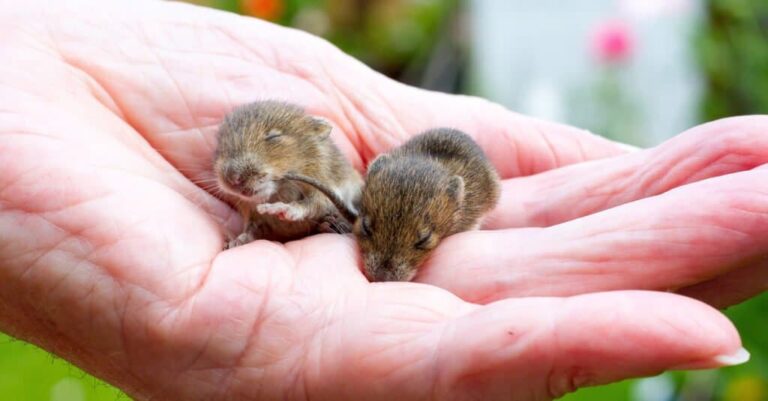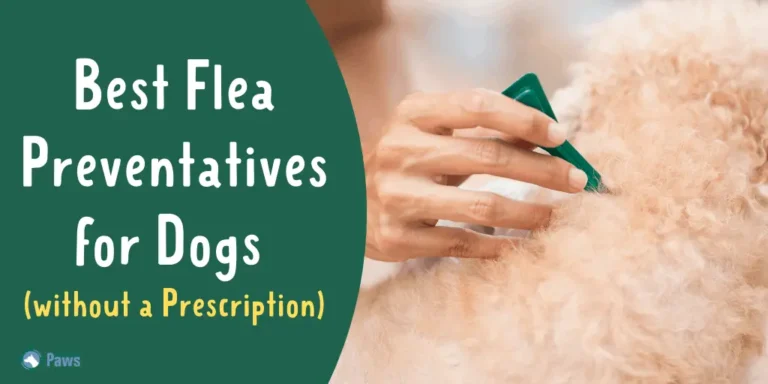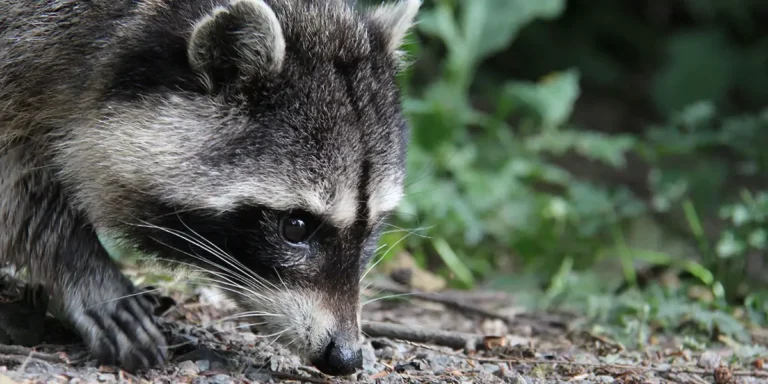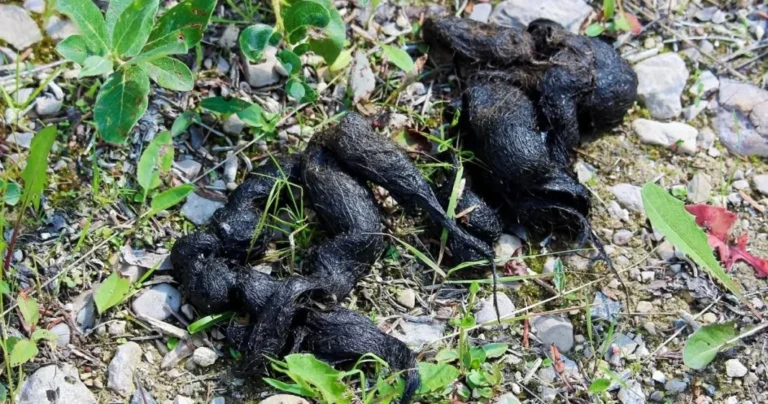How to Spot and Recognize Lizard Poop?
Overview
Lizards exist extensively throughout the world and share habitat space with human settlements especially in residential areas and gardens as well as natural environments. The droppings of lizards represent a clear sign that the creatures occupy a specific area. How do lizard droppings look in appearance?
The Article provides complete details about recognizing lizard droppings by describing their appearance and characteristics and possible health implications.
How Lizard Poop Looks
Lizard feces are small dark parts which contain a noticeable white or golden section at the end. Reptiles discharge the waste product of uric acid that replaces the production of liquid urine. The solid urates elimination process through defecation serves as a water conservation method for reptiles since they are lizards. Observers must learn to detect key characteristics of lizard feces through the following description.
- Shape: cylindrical, occasionally tapering at the ends.
- Color: White tip, dark brown to black.
- Size: 1 to 2 cm long, depending on the species.
- Texture: White tip frequently crumbles; firm but not hard.
Skunk Poop 101: Identify, Prevent, and Clean Like a Pro?
Table: Comparison of Lizard Droppings Features
| Feature | Description | Details |
| Shape | Cylindrical | Ends may taper, resembling a small sausage |
| Color | Dark brown/black with a white tip | The white portion is uric acid; darker portion is digested matter |
| Size | 1–2 cm long, 0.5 cm wide | Larger in bigger species like iguanas; smaller in geckos |
| Texture | Firm with a soft or crumbly white tip | Indicates water conservation typical in reptiles |
| Smell | Mild to moderate odor | Less pungent than mammal feces, but noticeable when fresh |
| Frequency | Depends on diet and species | Can range from daily to weekly |
| Location | Found near walls, windows, and warm areas | Lizards often defecate in secluded areas close to their habitat |
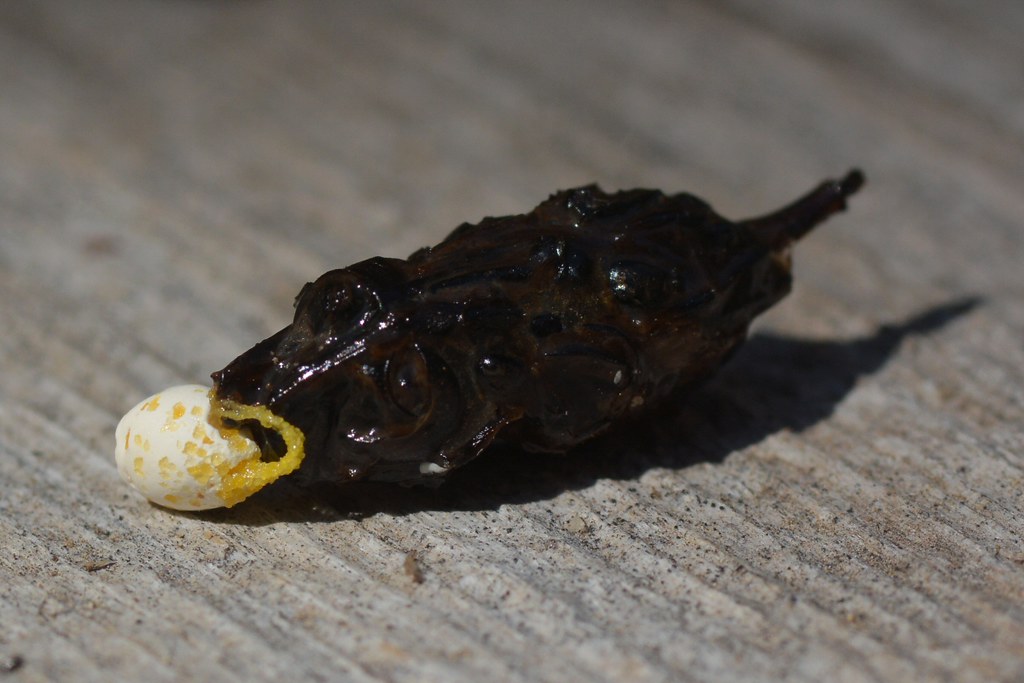
Lizard Types and Their Droppings
Geckos
- Appearance: Tiny, measuring around 1 cm.
- Color: Black with a noticeable white tip of urate.
- Frequency: Frequently urinate close to window sills or other sources of light.
Anoles
- Look: A tad bigger than gecko droppings.
- Dark brown with a white urate cap is the color.
- Frequency: Located next to gardens or plants.
Iguanas
- Look: Bigger, around 4 to 6 cm in length.
- Color: White tip, brown to dark green.
- Frequency: Usually seen near water or outdoors.
Monitor Lizards
- Look: Big, thick droppings that can occasionally measure more than 10 cm.
- The color is dark with a white top of uric acid.
- Frequency: More frequent in natural settings than in homes.
Health Hazards Associated with Lizard Drops
Lizard feces are small dark parts which contain a noticeable white or golden section at the end. Reptiles discharge the waste product of uric acid that replaces the production of liquid urine. The solid urates elimination process through defecation serves as a water conservation method for reptiles since they are lizards. Observers must learn to detect key characteristics of lizard feces through the following description.
- Gastrointestinal distress may result from a salmonella infection.
- Allergic Reactions: Mild respiratory irritation may occur in certain people.
- Contamination: Bacteria can be transferred via droppings on food surfaces.
Lizard droppings, cleaning and disposal
How to properly remove lizard droppings:
- Put on Gloves: To avoid contact, put on disposable gloves.
- Apply Disinfectant: Use a bleach solution or a mild disinfectant to clean the area.
- Get rid of droppings properly by putting them in a sealed bag.
- Hand Washing: After handling droppings, always give your hands a good wash.
How to Keep Lizards Out of Your House
- Seal Entry Points: Seal the openings surrounding vents, windows, and doors.
- Reduce Insects: Since lizards are drawn to insects, it is beneficial to lower insect numbers.
- Keep Things Clean: Regularly clean surfaces and remove food scraps.
- Employ Repellents: Lizards can be repelled by using natural repellents such as naphthalene balls or garlic spray.
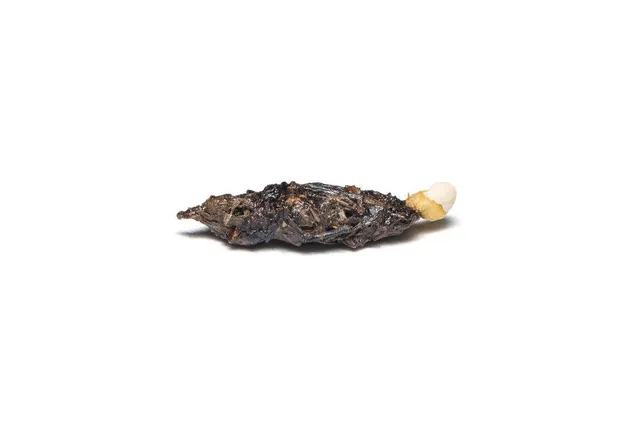
FAQs
1. How can I determine whether the droppings belong to a lizard rather than a mouse?
Lizard droppings possess dark coloring and a white urate tip along with a moderate smell when compared to the fecal matter of mice. The shape of mouse droppings remains uniform throughout without the presence of a white-tipped appearance.
2. Can people be harmed by lizard droppings?
Certain germs resembling Salmonella can survive within them. Proper hand washing with soap follows egg handling while fast egg disposal also proves critical.
3. Where may one typically find lizard droppings?
Houseflies establish their locations close to windows and warmer regions and by insects’ active areas.
4. Can surfaces be harmed by lizard droppings?
Long-term exposure of the white compound will lead to uric acid stains which potentially damage wooden or stone structures.
5. How frequently do lizards urinate?
Both species type and nutritional diet of pelagic animals factor into how frequently they breed and how often the breeding occurs whether daily or monthly.
Conclusion
The distinctive look of lizard droppings—small, dark, cylindrical, with a white uric acid tip—makes them an obvious sign of reptile presence. The disposal of lizard droppings needs careful treatment since these specimens present less concerning health threats compared to other animals. The knowledge of lizard droppings appearance together with effective measures helps you maintain cleaner home environments with better garden health.
Good household cleanliness together with pest management helps minimize lizard-related problems. Hiring a professional pest control service becomes necessary when you experience frequent dropping incidents from the lizard population.
Read More=Identifying Pests: What Does Lizard Poop Look Like?
